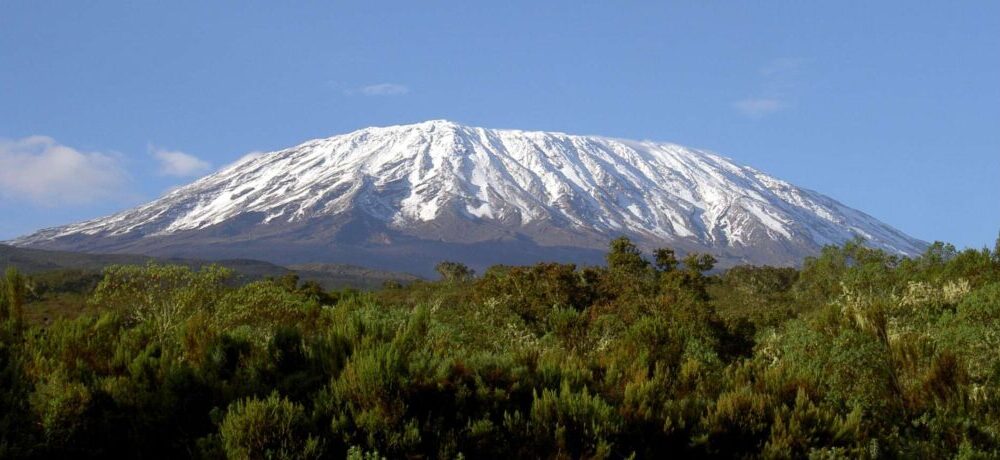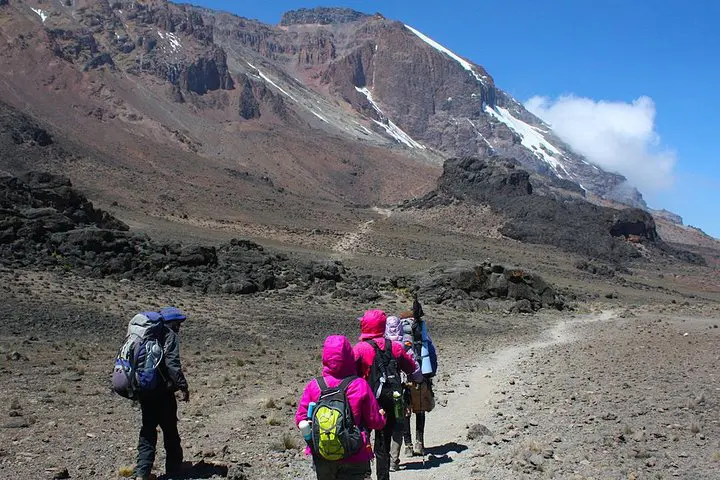Arusha National Park, Manyara National Park & Ngorongoro Crater
Your Unforgettable Safari Awaits. Book Now with Protea Kilimanjaro!
Imagine waking up to the call of the wild, surrounded by some of the most pristine landscapes on Earth. From the towering peaks of Mount Meru to the lush, wildlife-packed floor of the Ngorongoro Crater, this tour takes you through the best of Tanzania’s safari destinations. Whether you’re a seasoned traveler or a first-time explorer, these parks offer an unparalleled adventure.
Arusha National Park: Where Adventure Begins
Tucked away just outside Arusha, Arusha National Park is a paradise for those seeking diverse landscapes and intimate wildlife encounters. As you explore this hidden gem, you’ll find it offers more than meets the eye.
- Why Visit Arusha National Park?
- Breathtaking Views: Get up close to the majestic Mount Meru, Africa’s fifth-highest peak—Marvel at panoramic views that range from forested hills to sweeping savannahs.
- Wildlife Galore: This park is home to giraffes, zebras, buffaloes, and monkeys—plus hundreds of bird species, including flamingos and the rare white-headed vulture.
- Ngurdoto Crater: A miniature version of Ngorongoro, this lush, less crowded crater is perfect for stunning photography and peaceful wildlife encounters.
- The Perfect Time to Visit: For the best safari experiences, travel during the dry season (June to October). But the park’s rich green landscapes offer a magical escape even in the rainy season.
Lake Manyara National Park: The Heart of Tanzania’s Wildlife
A world-class safari experience awaits in Lake Manyara National Park—famous for its tree-climbing lions, flamingo-filled lakes, and vibrant forests.
- Why Visit Lake Manyara?
- Tree-Climbing Lions: Watch in awe as the famous tree-climbing lions lounge lazily in the acacia trees. A truly unique sight!
- Birdwatcher’s Paradise: Over 400 bird species, including huge flocks of flamingos, make this park one of Africa’s top birding destinations.
- Game Drives & Walking Safaris: Explore a variety of habitats, from lush woodlands to open plains, where you’ll see elephants, wildebeests, giraffes, and baboons.
- The Best Time to Go: Peak game viewing occurs during the dry season (June to October), but the park’s beauty is timeless—whether it’s the green landscape after the rains or the vibrant wildlife during the dry season.
Ngorongoro Crater: The Eighth Wonder of the World
Step into one of the most incredible wildlife sanctuaries on Earth. The Ngorongoro Crater is an expansive, wildlife-rich volcanic caldera, teeming with game and natural beauty.
- Why Visit Ngorongoro Crater?
- A Safari Within a Crater: Imagine a 2,000-foot-high rim surrounding a valley full of wildlife, including the famous “Big Five”—lions, elephants, buffaloes, rhinos, and leopards.
- Epic Views & Unique Landscapes: Descend into the crater floor for one of the world’s best game viewing opportunities. You’ll encounter vast herds of wildebeest, flamingos in the lakes, and the ever-elusive leopard.
- Cultural Heritage: The Ngorongoro Conservation Area is not only a wildlife sanctuary but also home to the Maasai people, who live harmoniously with the park’s ecosystem.
- When to Visit: The Ngorongoro Crater is a year-round destination. However, for the clearest views and optimal wildlife sightings, the dry season from June to October is ideal.
Why Choose Protea Kilimanjaro for Your Safari Adventure?
When you book your safari with Protea Kilimanjaro, you’re not just booking a trip—you’re embarking on an adventure crafted with passion, expertise, and care.
- Unrivaled Expertise: Our experienced guides know the ins and outs of Tanzania’s national parks, ensuring you have the most enriching and safe safari experience.
- Tailored Itineraries: Whether you’re looking for a private tour, a family-friendly safari, or a romantic getaway, we offer flexible itineraries to meet your needs.
- Luxury in the Wild: Stay in world-class accommodations, from luxury lodges to cozy tented camps, and enjoy all the comforts of home in the heart of the wilderness.
Exclusive Tour Packages Available:
- Arusha, Manyara & Ngorongoro Safari: A 5-day adventure packed with wildlife, stunning landscapes, and unforgettable moments.
- Private Safari Experience: A custom-designed safari tailored to your preferences. Explore Tanzania at your own pace.
Book Your Safari Today!
Ready to explore the wild wonders of Tanzania? Don’t wait—secure your spot on an unforgettable journey through Arusha National Park, Manyara National Park, and Ngorongoro Crater today. Click below to begin your adventure!







